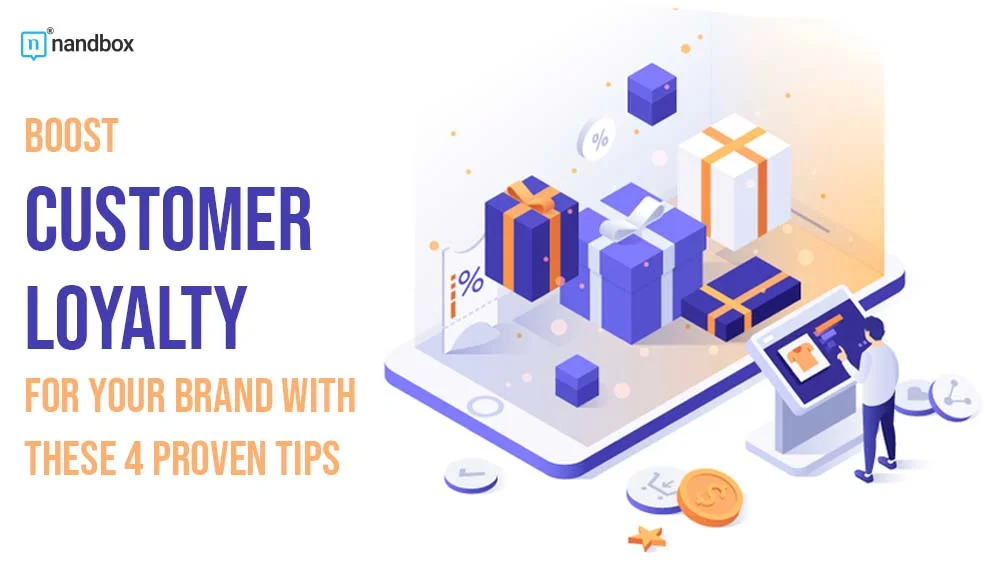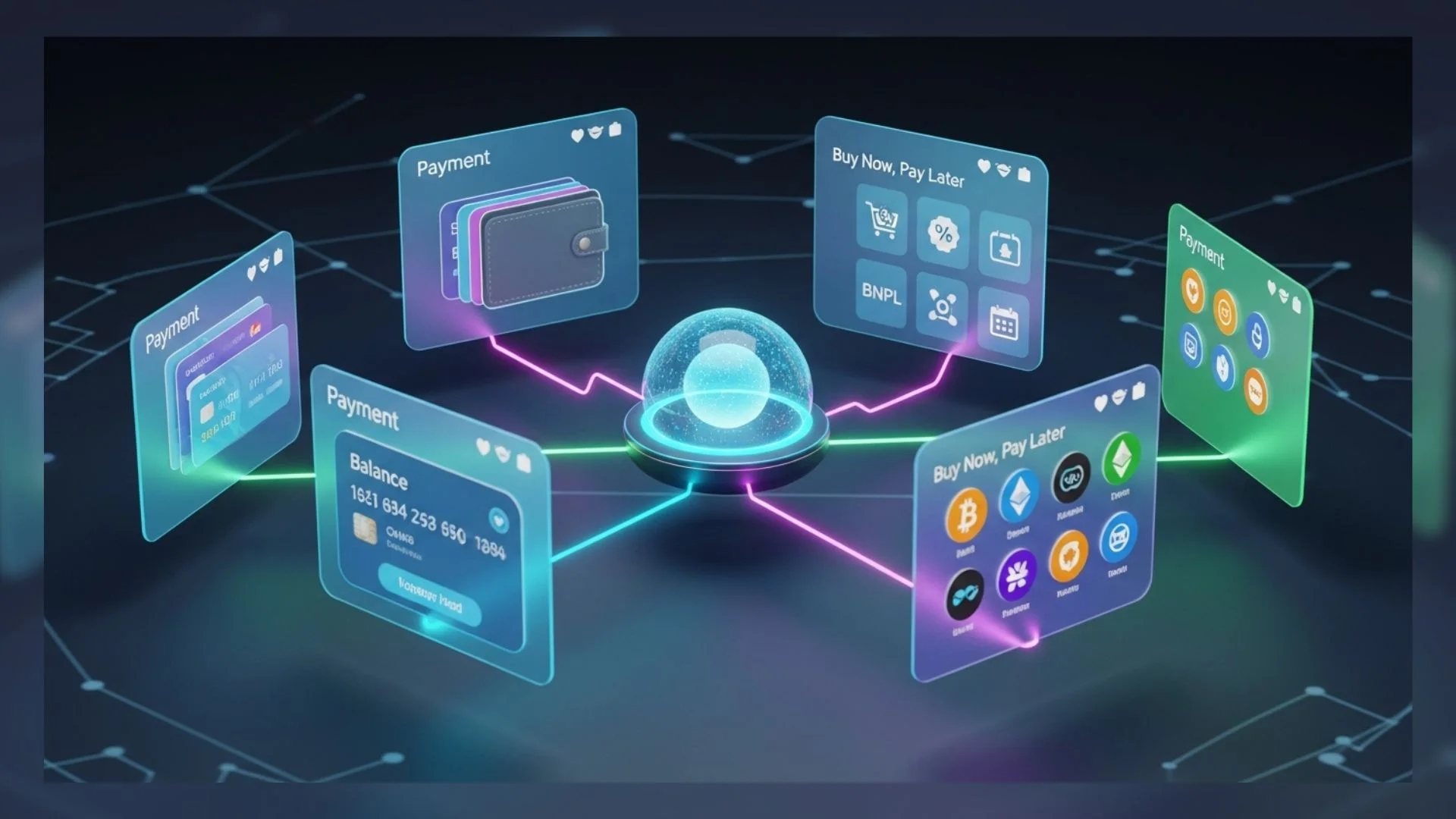You purchase your coffee every day at the same coffee shop. The staff knows you by name, always greets you with a smile, hands over your order, and ends with, “Enjoy your day.” It doesn’t matter that it’s a block out of your way. It makes you feel special and is an uplifting start to your day. Imagine if all businesses could emulate that loyalty, a sense of community. As a business owner, you’re probably striving for e-commerce customer loyalty, but it’s easier said than done. In the eCommerce space, it’s just as hard when you’re competing with others to stay afloat.
For years, brick-and-mortar stores have been using tried-and-tested methods to retain customers. That’s not to say it doesn’t work. As an eCommerce business owner, you have the chance to think outside of the box. If you want to boost e-commerce customer loyalty, read further…
1. Learn From the Experts
Die-hard Apple fans will tell you they’ll never buy any other brand. They’re lining up in front of the Apple store as soon as they launch the new iPhone. The company never offers discounts or loyalty programs, so how does it create such a loyal and sometimes frenzied customer base? One word: design. Investopedia unpacked the fandom around Apple and found that its devices are designed to be aesthetically pleasing. From the MacBook to the iPhone, no other product compares. Yes, marketing helps to some degree, but the quality and design drive Apple’s success. It’s no wonder Warren Buffet referred to the company as an economic moat and is one of its biggest investors.
The Power of Loyalty Programs
Sephora is another example of a brand that thrives on customer loyalty. The beauty industry is highly competitive. The type of success that Sephora has gained is nothing short of remarkable. The secret to its accomplishments? Sephora offers one of the world’s best loyalty programs. Its rewards program consists of several tiers. Each tier has perks; the higher you go, the more discounts and seasonal savings you get.
2. Improving Your Brand Experience
Sprout Social describes the brand experience as the sum of all feelings. We couldn’t agree more, which is why you must have a strong brand experience strategy. Think about the emotions you want to evoke when a customer engages with your brand. Is it nostalgia? Joy? Excitement? The channels used to engage your customers are very important. Whether via social media, your website, or in-store, these customer touchpoints shape the brand experience and create a lasting impression. A positive brand experience starts with being consistent across all touchpoints. This means a cohesive brand voice across all your marketing channels. Effective communication entails remaining consistent in engaging customers while maintaining a tone that resonates with their needs. Lingo perfectly sums up the brand experience by explaining that when customers have a positive experience, they’re more likely to return and keep making purchases.
3. Leveraging AI
In order to avoid confusion with brand experience, customer experience (CX) impacts the consumer’s journey. It focuses on the practical aspects of interacting with a business, like customer service and ease of purchase. However, they are closely linked and equally important to business success. Analysts shared some interesting insights following Forrester’s 2024 CX Summit North America. They said that predictive and generative AI tools that analyze large volumes of consumer data could help anticipate customers’ needs and improve e-commerce customer loyalty. The technology allows businesses to collect and analyze data, but challenges remain.
Despite advancements in predictive AI, Forrester’s 2024 U.S. Customer Experience Index report found CX at an all-time low. The decline in scores highlights the gap between consumer expectations and brand offerings. The solution? Brands were advised to focus AI strategies on creating contextual relevance, rather than generic personalization.
4. Nurturing Emotional Connections
Let’s bring back that coffee shop scene we spoke about earlier. You visit for the emotional connection. It makes you feel happy to be around people who don’t get your order wrong or greet you with a grumpy face. Emotions are strongly tied to a brand, says MarTech. Customers who feel connected to a brand are more inclined to stay loyal even when a competitor offers a sweeter deal. Gallup’s research drives the point home. It found about 70% of decisions depend on emotional factors and only 30% boil down to rational factors. And, up to 70% of customers with an emotional connection to a brand will spend up to two times more on a product or service. Inadvertently, it’s these customers that advocate for your brand. They’ll mention it to family and friends and promote it on social media. It’s a form of customer-generated content (CGC) and another business pathway to focus on.
At the end of the day, consumers want to be heard and know they’re being taken care of. Listen to customer feedback to improve customer satisfaction and the customer journey. Once you get those factors right, gaining and retaining loyal customers will be as easy as pie.
nandbox App Builder
The nandbox App Builder offers eCommerce businesses a unique opportunity to enhance customer loyalty by creating tailored mobile apps that mirror the personalized experiences of a favorite coffee shop visit. Just as brick-and-mortar stores build emotional connections through familiarity and consistent service, a custom app can evoke those same feelings of community and exclusivity in the digital space. By leveraging nandbox’s no-code platform, businesses can implement features such as loyalty programs, personalized push notifications, and seamless customer support—creating a cohesive brand experience across all touchpoints. These elements not only strengthen emotional connections but also encourage repeat purchases and foster long-term customer advocacy, much like the brand loyalty seen with companies like Apple and Sephora.




